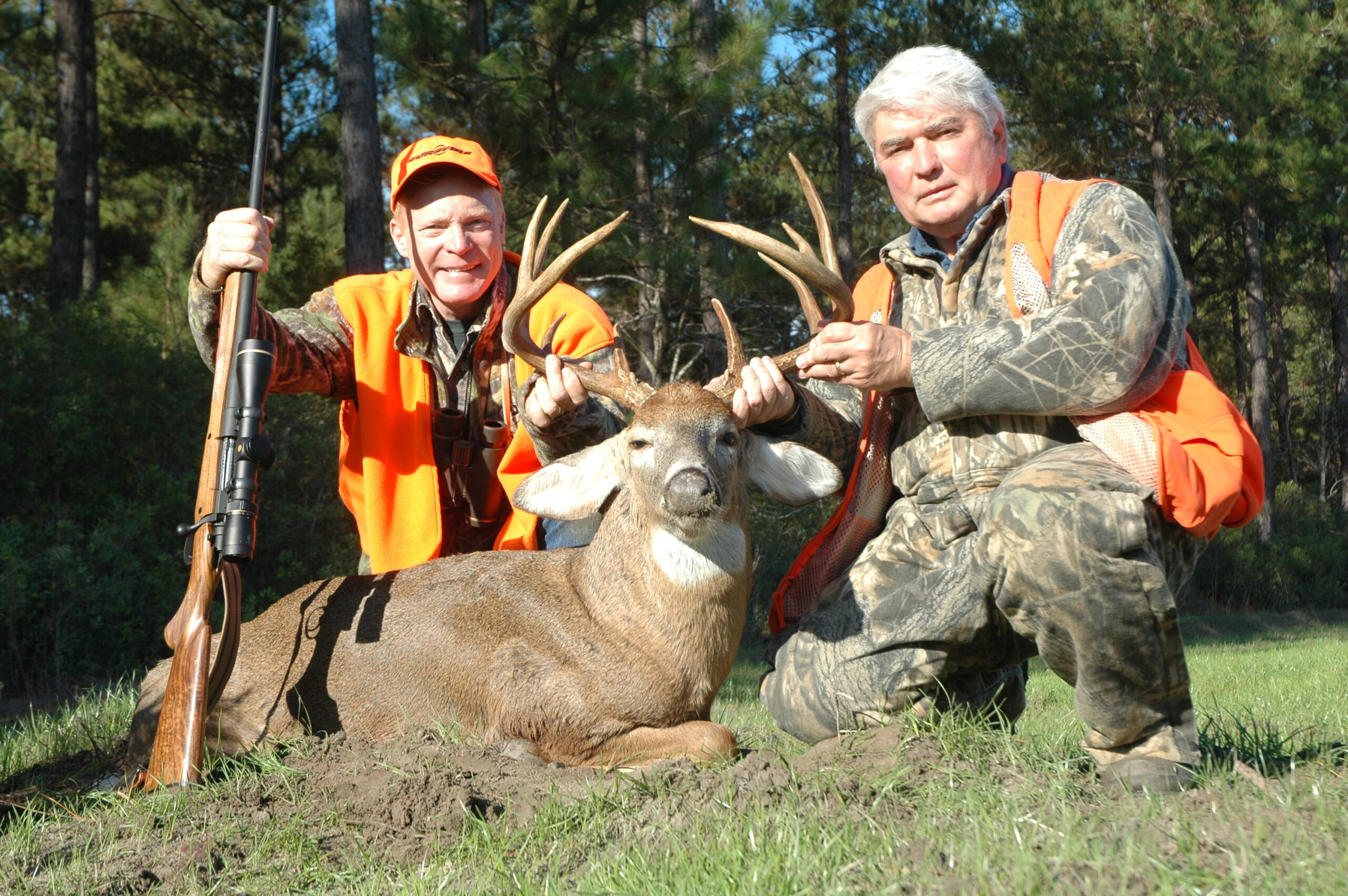Many, many years ago, John T. Amber wrote — and he may have been quoting someone from even earlier — that until you have lost $10,000 in the game, you “know nothing about gun trading.” Amber was the long-time editor of Gun Digest as well as being a highly respected collector of guns of all kinds. When he wrote that, in the 1960s, $10,000 was probably the equivalent of $50,000 today.
If so, I still have quite a bit to lose before I reach Mr. Amber’s standard, but that’s more a reflection of my finances than my rashness and ineptitude. However, after the last Rock Island auction, I’m about $2,000 closer to the magic figure than I was. Herewith, my sorry tale.
I went to Rock Island, having studied their catalogue, with a couple of objects in mind. One was a W&C Scott boxlock, circa 1890, with Damascus barrels and a few cosmetic problems. It was missing its original horn buttplate, which had been sawn off, leaving only a vestigial ‘V’ of horn, inlet into the heel to mark its passing. Presumably, the owner intended to install a recoil pad, but it was never completed. The barrels had been blacked, and not especially well, but the wood was nice and readily salvageable. Most important, with its 30-inch barrels, it had a lively feel and lovely balance.
We took it into a back room at the auction to dismantle it, study proof marks, and so on. There was a dent in the barrel, but it was minor. For reasons I cannot explain, I paid no attention to the standing breech, which was equipped with a Greener crossbolt. Don’t ask me why.
 Logically, given the downturn in demand for English doubles, it should have gone for a song. Instead, a phone bidder wanted the gun as much as I did, and by the time the duel was over, I had paid about twice what I expected. Well, all right. And of course, more will be required to restore the old girl, but she’ll be worth it.
Logically, given the downturn in demand for English doubles, it should have gone for a song. Instead, a phone bidder wanted the gun as much as I did, and by the time the duel was over, I had paid about twice what I expected. Well, all right. And of course, more will be required to restore the old girl, but she’ll be worth it.
When I got home, I took her apart and started really looking, and found that where the crossbolt fit into the standing breech after passing through the rib extension, there was a small chunk of steel missing. Even worse, on the other side, there was a crack about a half-inch long running along the steel face in front of the crossbolt.
Had I seen this before, I would not have bid a dime. As it was, I was stuck. A visit to gunmaker Kirk Merrington, hoping against hope, yielded a mixed result. If it could be repaired — and it was a big if — it would cost a minimum of $1,000 and probably closer to $3,000, with no guarantees. Gulp. The good news was, however, that the barrels were sound, the damage was not life-threatening, and the gun would probably work just fine as is, provided with civilized loads.
Exactly how such damage could occur is a puzzle. I finally concluded that some moron had fired the gun with excessive loads that flexed the action bar and pulled the crossbolt in such a way that it caused the crack. Quite possibly, the Greener crossbolt saved the gun from cracking across the radius, which would have been curtains. As it is, it’s not even off the face, it locks up tight, and everything works fine. We live, we learn, and we lose money here and there in gun trading.
On the positive side, I came back from Rock Island with two Mannlichers (a Model 1905 and Model 1908), both in completely original, quite nice condition. They sold as a lot, and somehow were overlooked by the serious Mannlicher collectors. My fourth acquisition was a no-name (literally no name) English sidelock, with a W&C Scott action identical to the Holland & Holland “Royal No. 2” from the late 1880s. The stock’s a little short and the barrels have been cut down, but it will make a nice training gun for people of diminutive stature. At the price I got it, it would be almost impossible to lose money.
Relentlessly searching out a silver lining, as is my wont, I figure that overall I should at least break even on my four guns and still have a nice loss to add to my total as I steadily work my way, following John T. Amber’s formula, to actually knowing something about gun trading.–Terry Wieland



